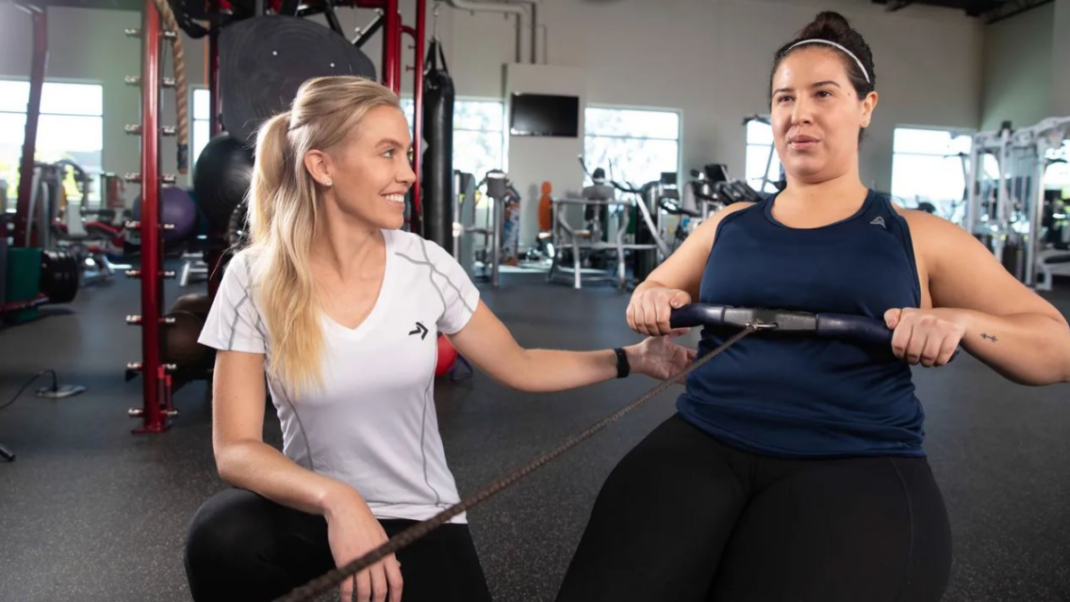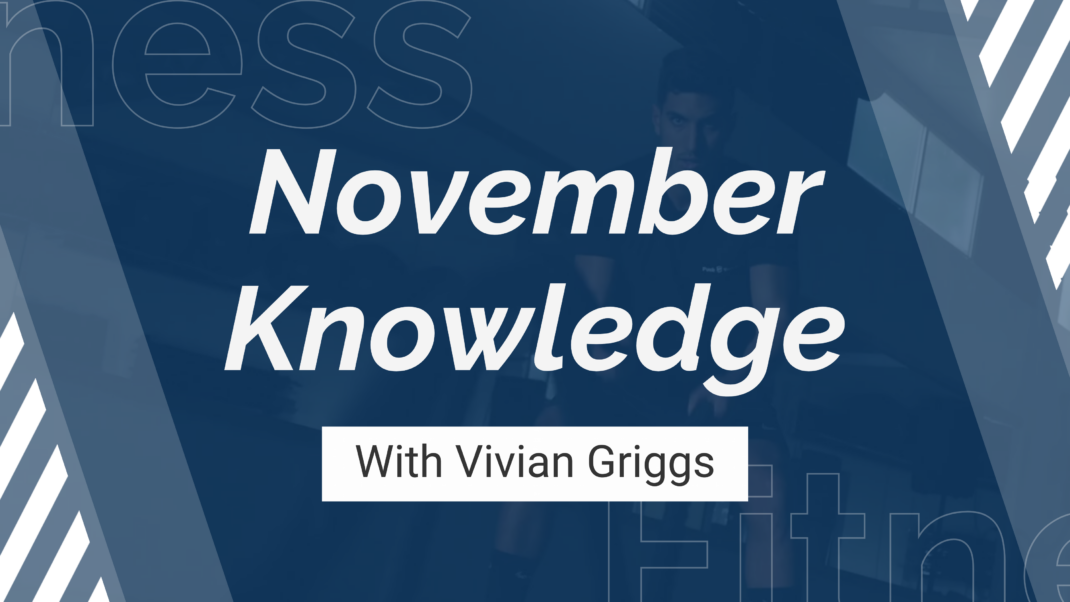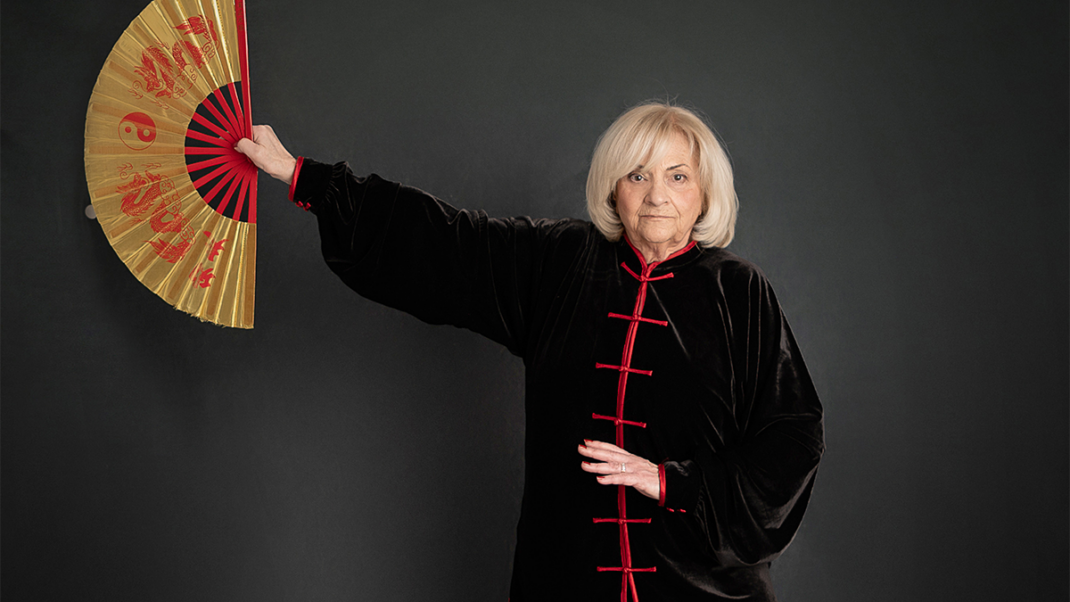Daily Skills Training for a Parkinson’s Patient
Patience and flexibility are prerequisites for working with Parkinson’s disease patients.
Client: Penny
Exercise Physiologist: Marla Richmond, MS
Location: Deerfield, Illinois
Parkinson’s Primer. Penny was diagnosed with Parkinson’s disease at age 32. Such an early diagnosis is unusual; typically, onset occurs around age 60. Parkinson’s is a progressive movement disorder. Despite the more than 500,000 Americans who suffer from Parkinson’s, management of the disease is mandatory as there is no cure. Each day, Parkinson’s patients seek guidance from fitness professionals in overcoming and managing movement limitations. Penny is one such patient.
New Challenges. When Marla Richmond, MS, first met with Penny 18 years ago, she was hesitant about working with her. “At that time I was only vaguely familiar with the proper protocol to help her,” recalls Richmond. “To my knowledge, there was very little definitive research available regarding specific protocol or the benefits of exercise for Parkinson’s patients.”
Before making a final decision, Richmond learned as much about the disease as possible. “I [studied] the disease and the medications and their actions, and then consulted with Penny’s doctor for specific direction.” Still hesitant, but more informed, Richmond decided to move forward with the training.
Specific Considerations. Function limitations are a primary concern, says Richmond, but medication and nutrition protocols are specific and can become obstacles. “I don’t believe that Penny was properly managing her medications when we first met,” states Richmond. “This is a reasonable and frequent problem with all patients with this disease who take multiple medications.”
The medications would often cause Penny to be moody, defiant, depressed, compulsive and unpredictable. “She was more often than not paralyzed or stubborn or both,” adds Richmond. “I would have to carry her into the studio and conduct the program with Penny seated on a chair or sometimes lying down.”
Practice Makes Perfect. As with most Parkinson’s patients, function was Penny’s initial, primary goal. Now, throughout each of their sessions, Penny and Richmond work to improve function of typical daily movements. For example, tasks include using the abdominals or arms to move from a lying to a seated position and using mental cues to move through narrow spaces. Penny often used to freeze when navigating through doorways, says Richmond. “We have figured out a way to get her to say to herself ‘keep going’ when moving though doorways.”
Parallel Improvements. Despite a
few hiccups and a hiatus in training, Richmond and Penny seem to have hit their stride. “Over the past 8 years or so, Penny has improved tremendously.” Richmond credits new medications and “a fantastic and brilliant, progressive-movement disorders physician.”
Working with Penny has also helped Richmond become a better professional. “I have learned how to better handle difficult clients. I do not tolerate defiance.” She has become adept at sensing when Penny is not feeling cooperative and addresses the issue immediately. “Penny always has the option to leave.”
Patience and Flexibility. “Parkinson’s is a very quirky disease and cannot be put into a box,” warns Richmond. “An individual who works with a Parkinson’s patient must be able to ‘think out of the box,’ and do so quickly.” She adds that preplanned exercise protocols are often tossed out the window. “Forget your plan. You do what works for them and what helps their success on that day. While a specific protocol may be dictated, Penny’s strength, time since taking meds—whether she took them, what food she ate with them and if that food interfered with the meds’ bioavailablity—will all affect her performance.”
Special Bonds. Working with this type of client can present significant challenges, but it’s worth it, says Richmond. “There is no greater feeling than the one that comes from helping a client who felt funky upon arrival but left the session with a smile.” Richmond and Penny have developed a unique and special relationship. “I love it all!” enthuses Penny. “I love that I am strong. I love that I feel normal when I exercise; like I don’t have a disease.”
© 2010 by IDEA Health & Fitness Inc. All rights reserved. Reproduction without permission is strictly prohibited.
Do you have a client who has overcome the odds to achieve new heights in health and fitness? Send your story to [email protected] and you and your client may be featured in an upcoming issue of IDEA Fitness Journal.
Client: Penny
Exercise Physiologist: Marla Richmond, MS
Location: Deerfield, Illinois
Parkinson’s Primer. Penny was diagnosed with Parkinson’s disease at age 32. Such an early diagnosis is unusual; typically, onset occurs around age 60. Parkinson’s is a progressive movement disorder. Despite the more than 500,000 Americans who suffer from Parkinson’s, management of the disease is mandatory as there is no cure. Each day, Parkinson’s patients seek guidance from fitness professionals in overcoming and managing movement limitations. Penny is one such patient.
New Challenges. When Marla Richmond, MS, first met with Penny 18 years ago, she was hesitant about working with her. “At that time I was only vaguely familiar with the proper protocol to help her,” recalls Richmond. “To my knowledge, there was very little definitive research available regarding specific protocol or the benefits
Ryan Halvorson
Ryan Halvorson is an award-winning writer and editor, and IDEA's director of event programming.






